Optimal Seasons for Foundation Repairs
Foundation repairs are most effectively performed during specific times of the year, depending on climate and soil conditions. Proper timing can help ensure the longevity and stability of repairs, minimizing potential issues caused by environmental factors.
Spring offers moderate temperatures and increased moisture levels, which can facilitate certain foundation repair methods. However, soil expansion due to moisture can affect repair outcomes.
Summer provides warm, dry conditions ideal for some repair processes. However, high temperatures and dry soil may pose challenges for soil stabilization techniques.
Fall often presents cooler temperatures and stable soil conditions, making it a suitable time for foundation work before winter sets in.
Winter is generally less favorable due to cold temperatures, frozen ground, and potential snow or ice, which can hinder repair work and affect materials.
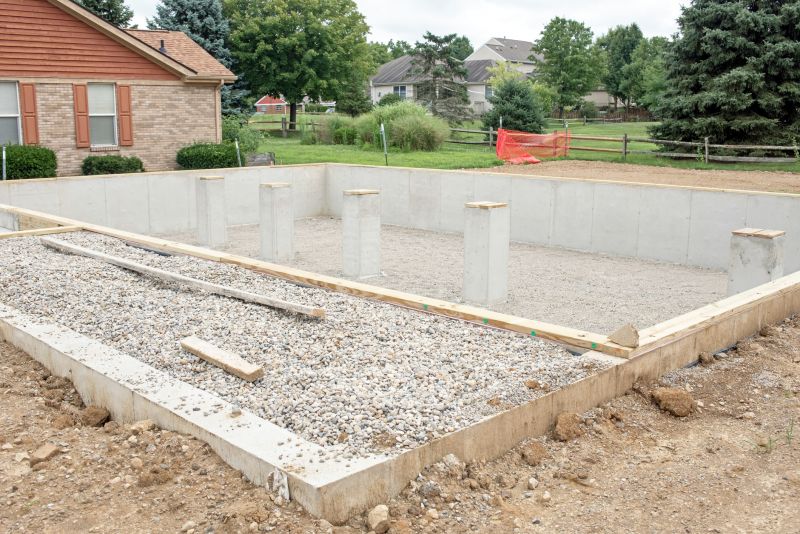
A technician performing underpinning work on a residential foundation.
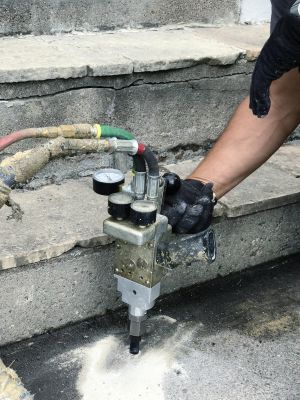
Equipment used for soil injection and stabilization around a foundation.
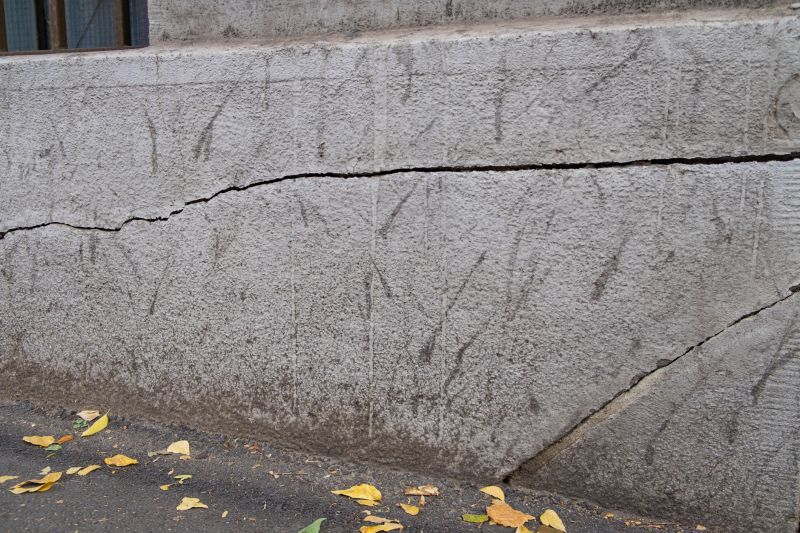
Close-up of a repaired foundation crack with epoxy injection.

Ways to make Foundation Repairs work in tight or awkward layouts.

Popular materials for Foundation Repairs and why they hold up over time.

Simple add-ons that improve Foundation Repairs without blowing the budget.
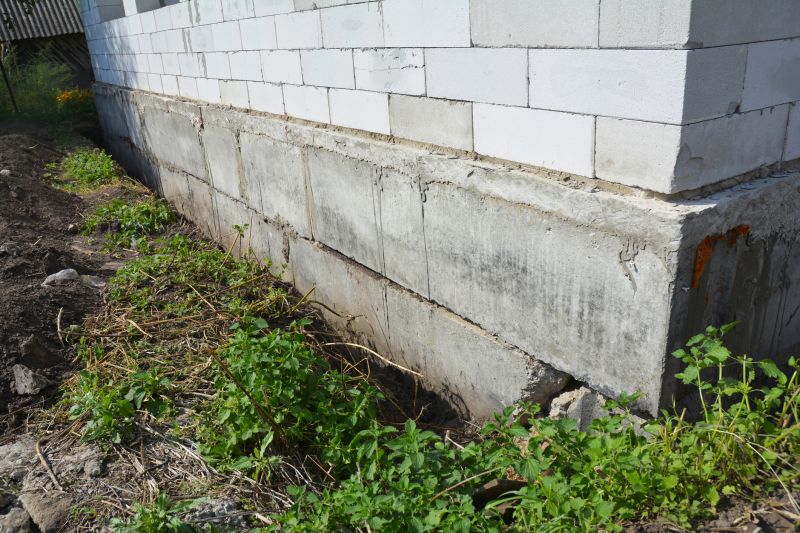
High-end options that actually feel worth it for Foundation Repairs.
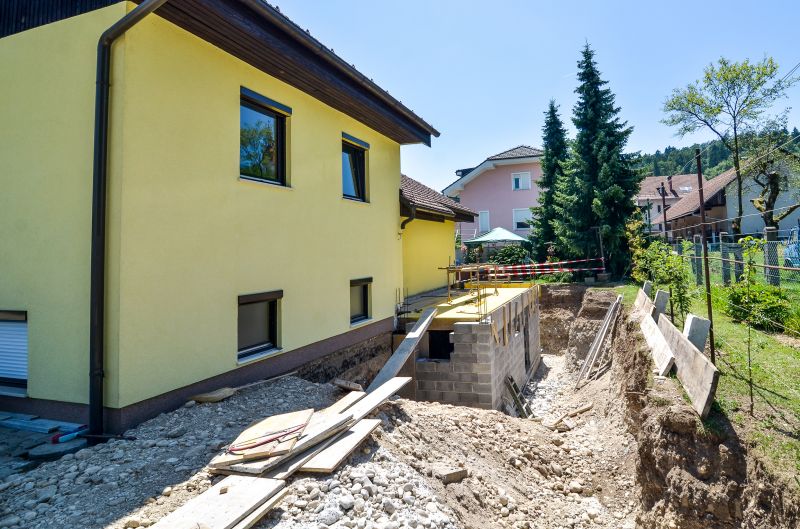
Finishes and colors that play nicely with Foundation Repairs.
| Season | Suitability for Foundation Repairs |
|---|---|
| Spring | Moderate, with increased moisture, suitable for many repair methods |
| Summer | Warm and dry, good for some techniques but challenging in high heat |
| Fall | Ideal, with stable soil and cooler temperatures |
| Winter | Less suitable due to cold and frozen ground |
Foundation repairs are essential for maintaining the structural integrity of a building. Addressing issues such as cracks, settling, or shifting early can prevent more extensive damage and costly repairs later. Proper timing, combined with appropriate repair techniques, can significantly improve the durability of foundation solutions.

A professional injecting epoxy into a foundation crack.

Supporting piers being installed under a home.

Geotechnical assessment of soil conditions around a foundation.
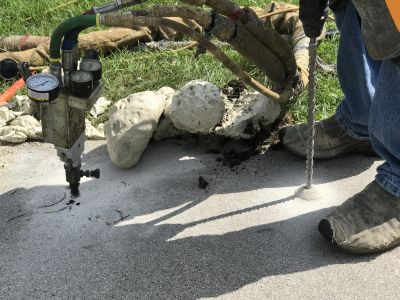
Equipment used for underpinning and stabilization.
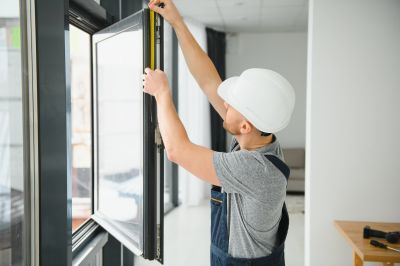
Little measurements that prevent headaches on Foundation Repairs day.

A 60-second routine that keeps Foundation Repairs looking new.
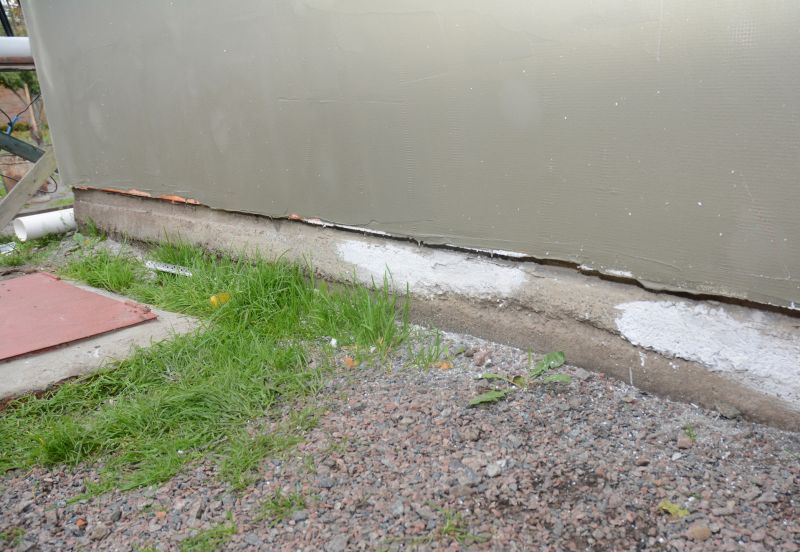
A frequent mistake in Foundation Repairs and how to dodge it.

Small tweaks to make Foundation Repairs safer and easier to use.
Timely foundation repairs can prevent further structural damage and preserve property value. Consulting with a foundation specialist can help determine the best season for specific repair needs based on local conditions.
For assistance with foundation issues, contact a qualified professional to assess and recommend appropriate solutions.



